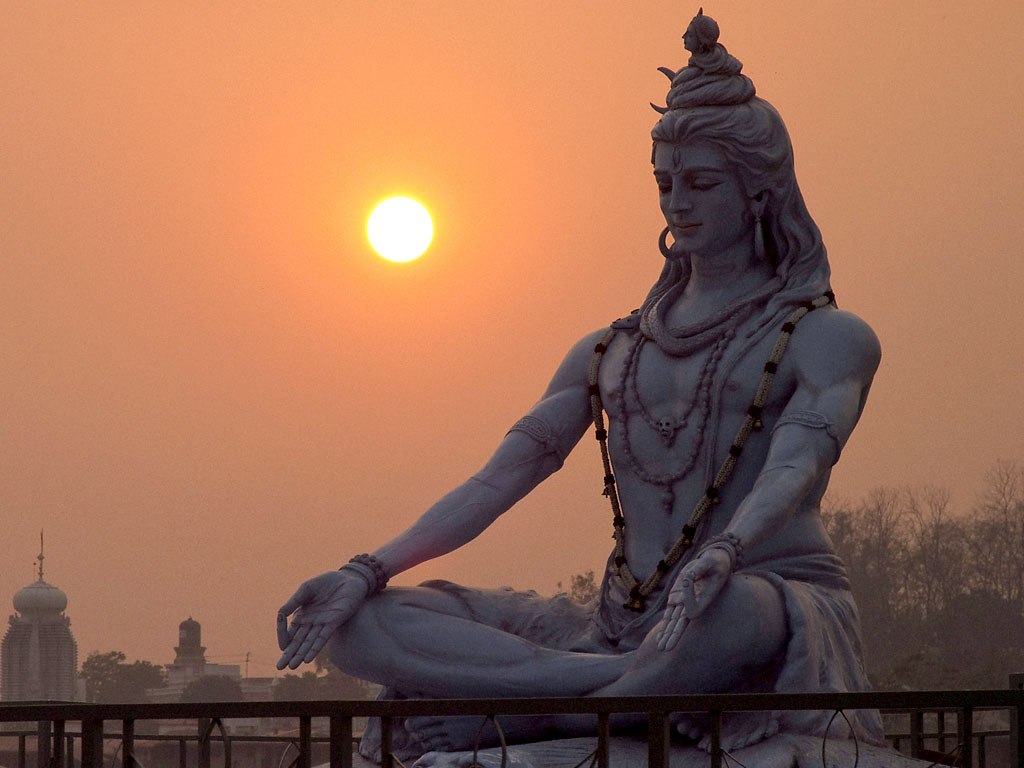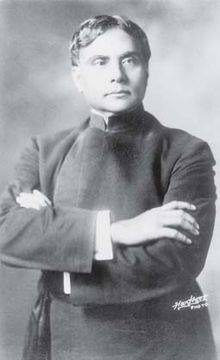Look At The World Through Shiva’s Three Eyes - Swami Tejomayananda.
Saturday, July 03, 2021. 7:07. AM.
We are accustomed to seeing people with two eyes. So, anyone with an extra eye would attract attention and be termed a freak. However, Shiva, with his three eyes, is beautiful and unique.
The ‘Vedasara Shiva Stotram’, states that the three eyes of Shiva are the sun, moon, and fire – ‘indu arka vahni trinetram’. This is not easy to digest. What does it imply? When we refer to the sun, moon and fire as the three eyes of Bhagvan, our focus is on the fact that they are all sources of light; He, the three-eyed One, is the illuminator of the whole world.
Even though light is the common factor, each has its own special feature and quality. Fire, with its ability to burn and reduce things to ashes, has the twin qualities of light and heat. The sun is bright and brilliant, but its light does not burn objects, it illumines them. Conversely, the moon’s light has a cooling, peaceful quality.
Shiva views the world with his three eyes. When the distressed and sorrowful approach him, he looks at them through his moonlike pleasing and consoling eyes; when he grants knowledge, his eyes become bright. Comprehension is associated with light; when we understand something, we say, ‘I was in the dark; but now it is as clear as daylight.’ Similarly, a student with a sharp intellect is a bright student and the teacher who passes on the knowledge instantly and clearly, is a brilliant teacher!
In the darkness, a flashlight illumines a limited area, but sunlight illuminates the whole world in a flash. Shiva can convey knowledge to us – in an instant.
Fire has the capacity to burn. We are familiar with the story of Kamadeva who tried his utmost to disturb Bhagvan’s tapas, and was reduced to ashes by his fiery eyes.
Likewise, we look at people in three different ways. When we are angry, we look as though we are ready to burn down the object of our anger – agni-drishti. When we look at someone with love, we have chandra-drishti -- moon-eyes. We are loving, pleasing, consoling and reassuring. Surya-drishti is eye of the teacher that bestows knowledge and enlightens us.
There is yet another interpretation. Bhagvan is the karmaphala data -- giver of the fruits of actions. He dispenses justice. Similarly, a judge must also have three eyes. First is nyaya-drishti, the eye of objectivity; the verdict or punishment meted out must be in keeping with the law alone. However, if the judge goes strictly according to the letter of the law, without any karuna, compassion, the sentence could be unduly harsh. But if compassion is the only consideration, it may result in anarchy. To ensure a wise and correct verdict, he must use jnana-drishti, the third eye of discrimination. Thus, the rule of law will be safeguarded, and the level of crime will also fall.
Shiva, the dispenser of fruits of action, softens justice with compassion and assesses with discretion and knowledge. Accordingly, when we act in the capacity of a judge, on a smaller or larger scale, while dealing with others, we must use the three eyes of justice, compassion, and discrimination.






Comments
Post a Comment